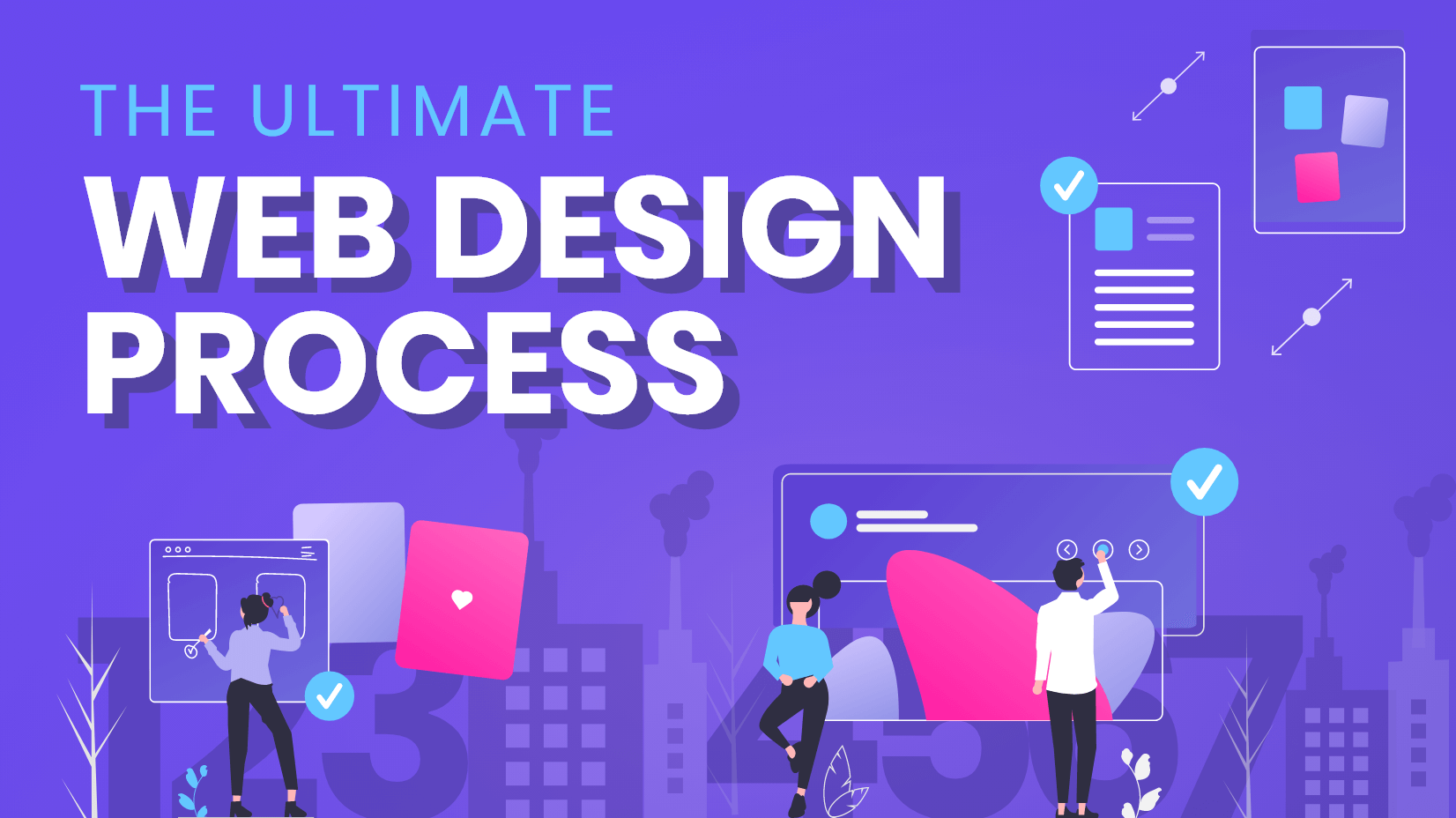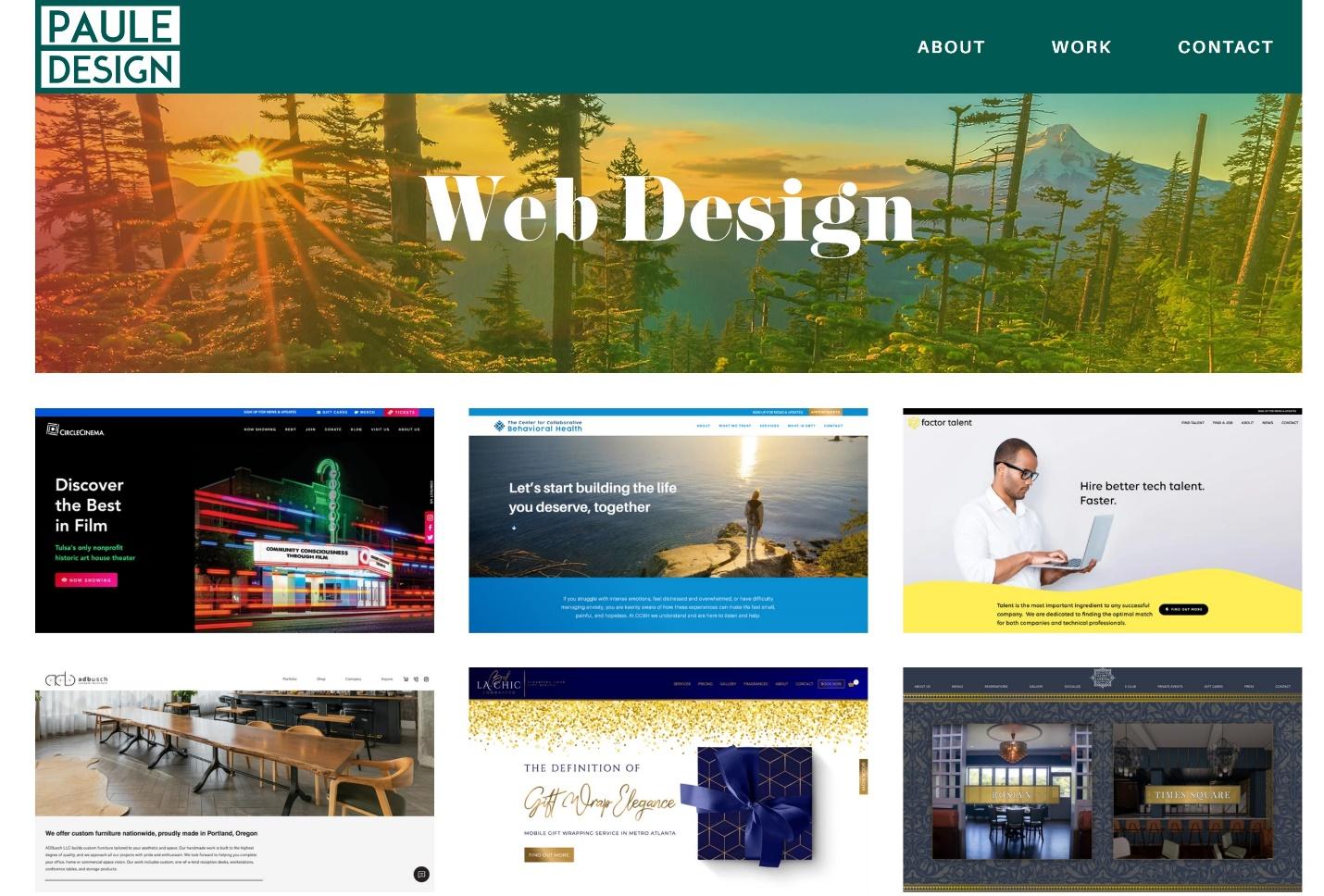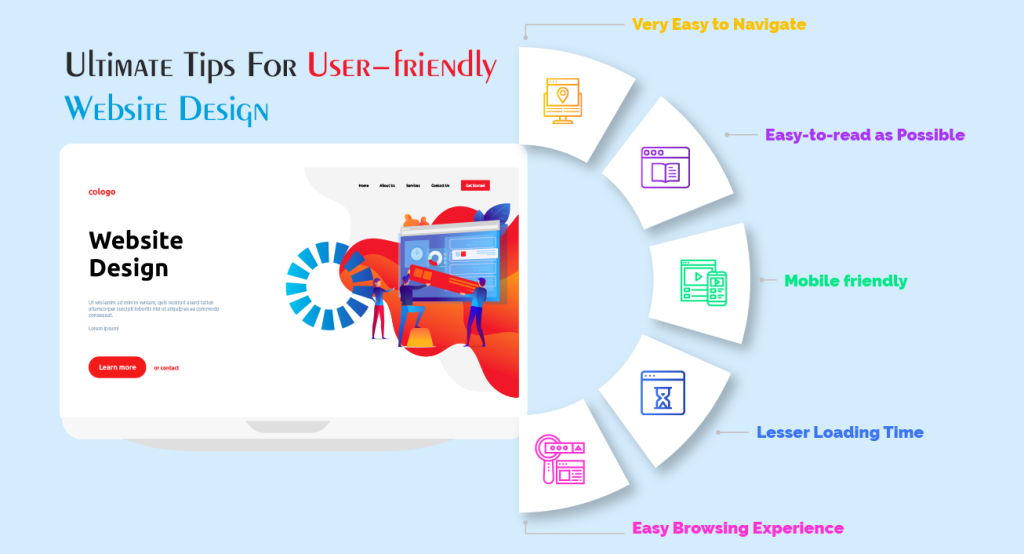User-friendly web design is the cornerstone of online success, ensuring that your website not only attracts visitors but also keeps them engaged and satisfied. In a fast-paced digital environment, where every second counts, focusing on user experience improvement is essential to stand out. Effective web design tips include adopting a mobile-first design that caters to users on various devices and enhancing web accessibility for all. Fast website loading speed is crucial, as even a slight delay can deter potential customers and affect conversion rates. By prioritizing these aspects, businesses can create a welcoming online space that nurtures relationships and fosters growth.
In essence, crafting an engaging digital experience involves strategically enhancing the aesthetics and functionality of your online platform. As the face of your brand, your website must embody an intuitive design that resonates with visitors, making every interaction seamless and enjoyable. Key considerations such as optimizing for different devices, ensuring inclusivity, and expediting performance will increase overall user satisfaction. Thoughtful navigation structures and visible branding create a cohesive experience that users can appreciate. When you harmonize these design elements, you not only enhance usability but also build lasting connections with your audience.

Crafting Seamless Experiences
In the realm of web design, creating a seamless experience is akin to conducting a symphony. Each element, from the smallest button to the grandest header, plays a crucial role in the grand performance of user interaction. When users find their journey through your website effortless, it’s much like a smooth melody—captivating and memorable. By prioritizing user needs and expectations, designers can create a harmonious digital landscape that resonates with audiences.
But what does it mean to craft such seamless experiences? It goes beyond mere aesthetics; it delves into the psychology of users. Think of their feelings and thoughts as they navigate your site. Are they thrilled, engaged, or frustrated? Understanding this emotional flow can guide designers in making informed choices—be it simplifying navigation or enhancing visual appeal to create a warm, inviting atmosphere.
Designing with Intention
Each design choice should be informed and intentional, much like an artist selecting colors for a portrait. Every hue, every shape conveys a message—one that should align with the brand’s identity and user expectations. By understanding the target audience and their preferences, web designers can deliberately choose elements that communicate effectively and evoke the desired responses.
In design, nothing exists in a vacuum; the interplay of colors, typography, and layout must undergo careful consideration. A bold font can project confidence, while softer tones may elicit tranquility. By harmonizing these elements, designers create a language that speaks to users, transforming casual visitors into loyal advocates of the brand.
The Power of User Insights
Listening to the voice of the user is like tuning into a powerful stream of inspiration for web designers. User feedback serves as both compass and map, guiding design strategies toward paths most appealing to the target audience. When designers actively seek out these insights, they gain a treasure trove of knowledge that can significantly enhance the user experience.
Surveys, usability tests, and user interviews form part of this essential toolkit. They unveil the hidden desires and pain points of users—information that can shape the website into a truly user-centric platform. This process does not merely imply collecting data; it’s about fostering a dialogue, allowing users to shape their digital experiences, and in turn, influencing design choices that resonate deeply with their needs.

Final Thoughts on User-Friendly Web Design
In conclusion, crafting a user-friendly web design is not merely an option but a necessity for businesses aiming to thrive in the digital realm. A seamless blend of functionality and aesthetics can create an engaging user experience that captivates and retains visitors. It’s essential to stay proactive—adapting to evolving user needs and technological advancements is vital for maintaining relevance in a competitive market. As you embark on this design journey, consider these pivotal points:
– Prioritize mobile-first design to cater to users on various devices.
– Emphasize both usability and accessibility to ensure inclusivity.
– Optimize loading speed to prevent user frustration and abandonment.
Moreover, implementing clear navigation and maintaining brand consistency can significantly enhance user trust and engagement. Remember, the journey doesn’t end once your site goes live; continuous improvement based on user feedback is the key to long-term success. As you navigate the ever-shifting landscape of web design, keep these guiding principles close at hand:
– Ensure contact information is easily accessible to foster user confidence.
– Use whitespace strategically to enhance readability and focus attention.
– Gather user feedback regularly to identify areas for improvement and ensure your website grows alongside its audience.
Embracing Change for Better User Experience
A user-friendly website is a living entity, evolving with every interaction and feedback. The digital landscape shifts like the tides, and as web designers, embracing change is vital for fostering an engaging online environment. Each design choice, from mobile responsiveness to clear navigation, plays a significant role in how users connect with your brand. Striving for excellence in user experience will not only enhance their journey but also cement loyalty and trust, ensuring that your business shines brightly in a crowded marketplace. Consider these foundational pillars:
– Focus on keeping the user at the heart of every design decision.
– Advocate for constant testing and enhancement for ongoing improvement.
– Celebrate consistency in branding to build a recognizable and trustworthy online presence.
In this fast-paced digital era, the ultimate goal is to create a seamless experience that guides users effortlessly through your content. As technology flourishes, so too must our commitment to meeting diverse user needs. By remaining attuned to design trends and user feedback, you can sculpt a website that resonates deeply with your audience. Here are some final reflections to carry forth in your design endeavors:
– Make usability a priority by ensuring every website interaction feels intuitive.
– Utilize feedback loops to refine the user experience continuously.
– Let your website be the embodiment of your brand values, where every pixel and every word speaks to your audience’s heart.















